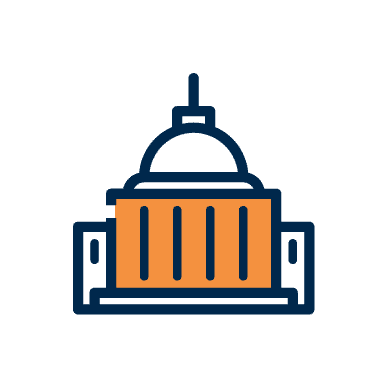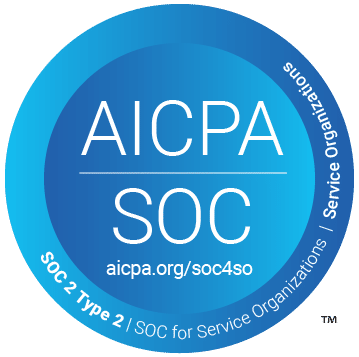
HELP! I just learned that I’ve been on the OIG Exclusion list since Jan 2003 following my RN license surrender / revocation for narcotic diversion in 2002. I’ve successfully gotten my life in order, clean & sober since. I was hired by a large private medical practice in 2002 in their business office. I was completely honest with the HR and Administrative staff about my license surrender. Over the past 12 1/2 years with this company, I’ve had several roles and promotions. I have never falsified any documentation pretending to still be a registered nurse…
The Practice frequently checks the OIG Exclusion list & I’ve never “popped up”. I never even imagined I would be on this list. A governmental payer called me this week to tell me I was on the OIG Excluison list. When I searched my own name “no results” were found. When I searched again with just a few letters – there I was with my name misspelled! I immediately called my boss and Compliance Officer and told them what I had found out. They put me on a one week suspension with pay “while they sort it out”…but I’m very afraid I will lose the job that I have worked so hard -and great at – for the last 12 years. Does anyone have any suggestions???
This woman posted her story under the screen name ‘Excluded’, and we have no way of knowing her true identity. But our hearts go out to her. The real life tragedy of an honest, hardworking individual whose career has been placed in jeopardy by a technicality is saddening, and jarring.
But all is not lost. There are things that Excluded can do to save the situation. Here’s what we suggest:
- Take heart. This does not have to be the end of your career. Others have gone through it, and survived; you can, too.
- Self disclose. In addition to being honest, you did the smartest thing possible for your career by being upfront and above board. Authorities – from your own boss, straight up the pundits at the top of the OIG (Office of the Inspector General) – are far more sympathetic to those who are clearly not trying to cheat the system.
- Be in touch with the authorities. Get in touch with the OIG directly. You didn’t mention whether you were excluded by a state or federal entity, but whichever one it is, you need to go directly to that party and explain the situation. Make a point of the fact that you’ve never tried to work in any RN capacity; you were working in the business office, and did not realize that your exclusion status could be important there, too. Also mention the fact that the company routinely checks the LEIE, and the misspelling of your name in the database. Don’t be defensive, nasty, or angry; just explain the situation as it is. You’re an honest person with an honest problem, and you deserve consideration as such.
- Apply for reinstatement. Too many nurses are not aware that exclusion does not go away, until you actively apply for reinstatement. Yes, you can get reinstated; but until you file the necessary paperwork, you will NOT be reinstated, even if the term of your exclusion has already passed. We can’t emphasize this enough – you MUST be proactive in applying for reinstatement, or you will remain excluded literally forever. To apply for reinstatement, you need to send a written request to:
HHS, OIG, OI
Attn: Exclusions
P.O. Box 23871
Washington, DC 20026
(202) 691-2298 (Fax)
More info about applying for reinstatement can be found at http://oig.hhs.gov/exclusions/reinstatement.asp. - Check if you’ve been excluded by another state. This is a hassle, because every state has its own database. But because states are obligated to share exclusion-related data with one another, you may very well be excluded in a different state – even if you’ve never lived or worked there. We’ve come across at least one instance of a nurse who had already been reinstated in her home state, but was still listed as excluded in a different state. She was able to take care of the problem pretty easily; but only because she was proactive in removing the exclusion. You can find a list of state databases by scrolling down our compliance page.
For those of us who have been touched by this woman’s story, feeling bad is not enough. Healthcare organizations need to take practical steps to protect other innocent employees from falling prey to similar occurrences. Here are some suggestions from our experts:
- Encourage nurses – and all healthcare professionals – to conduct annual OIG search of their own names, preferably using their social security numbers. Federal OIG search can be done for free at http://exclusions.oig.hhs.gov/. If you’re concerned about spelling errors or name variations, consider typing in just a few letters as Excluded did. After the potential matches appear, you’ll be given the opportunity to verify your social security number against the potential match. State OIGs have their own databases; you can find a link to yours at the bottom of our compliance page, and do an OIG search for free in minutes. The goal is to allow each individual to be proactive in protecting him/herself, and the ten minutes per year that this check takes are well worth the effort when you realize that you are preventing technicalities from scuttling your career.
- Screen employees using social security numbers whenever possible. Social security numbers are the only foolproof way to screen employees, even when their names are NOT misspelled. Exclusion databases routinely include listings under maiden names, nicknames, and partial names (ie. Smith-Jones may be listed as Smith or Jones), so simple OIG name searching may not be enough. Unfortunately, a number of state databases still do not offer the option of searching by social security number. Employees who are concerned may try using their birth dates or addresses for verification purposes.
- Screen all employees, even those who do not work in a medical capacity. Whether you think it’s fair or not, healthcare organizations can be nailed for employing excluded individuals in non-medical capacities – even something as innocuous as pushing papers in the business office. Exclusion screening protocols should include verification for everyone on your payroll.
- Employ the proper tools. Good software can help you with all of these suggestions, screening socials automatically across federal and state databases every month, in accordance with your payroll data.
As concerned members of the healthcare industry, our goal needs to be protection of the individual – patients and employees alike. By putting the proper safeguards into place, we can protect all of the ‘Excluded’s of the healthcare industry, long before their careers come under attack.
Please refer to this resource for more helpful information on OIG Exclusions and LEIE searches.



































